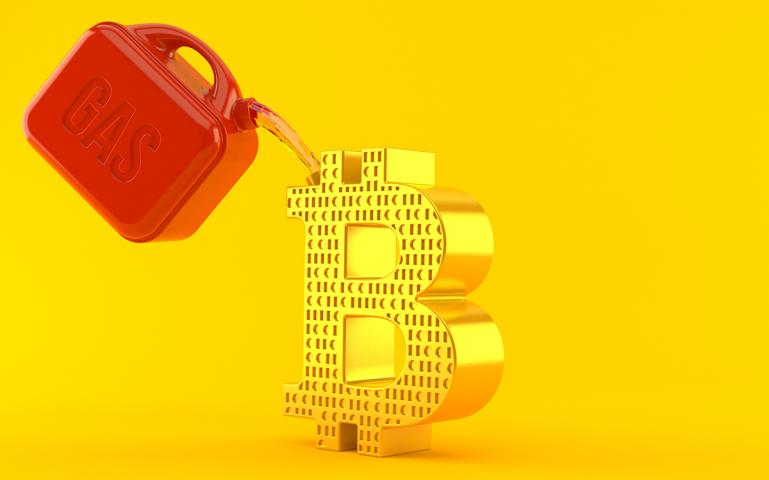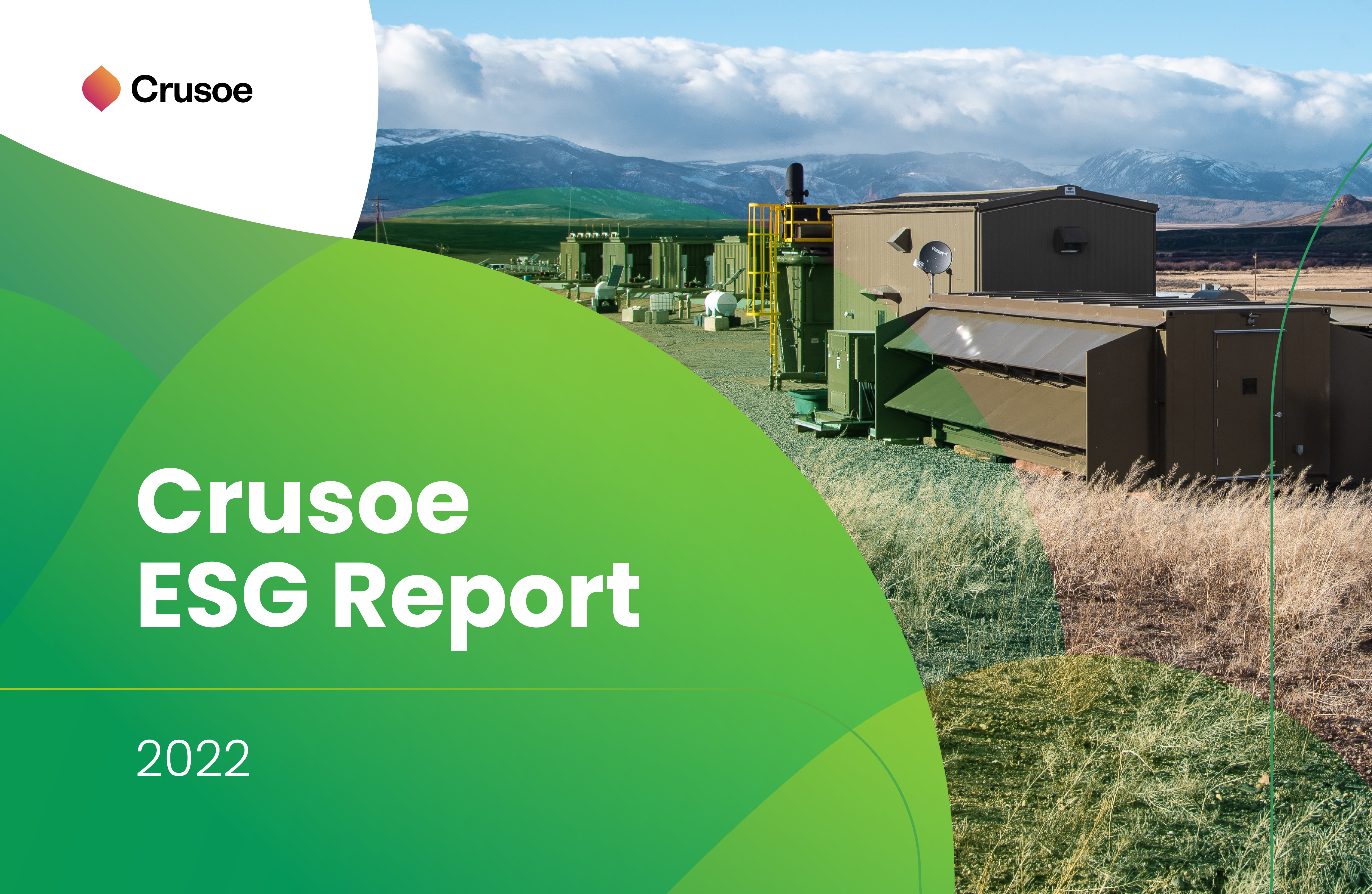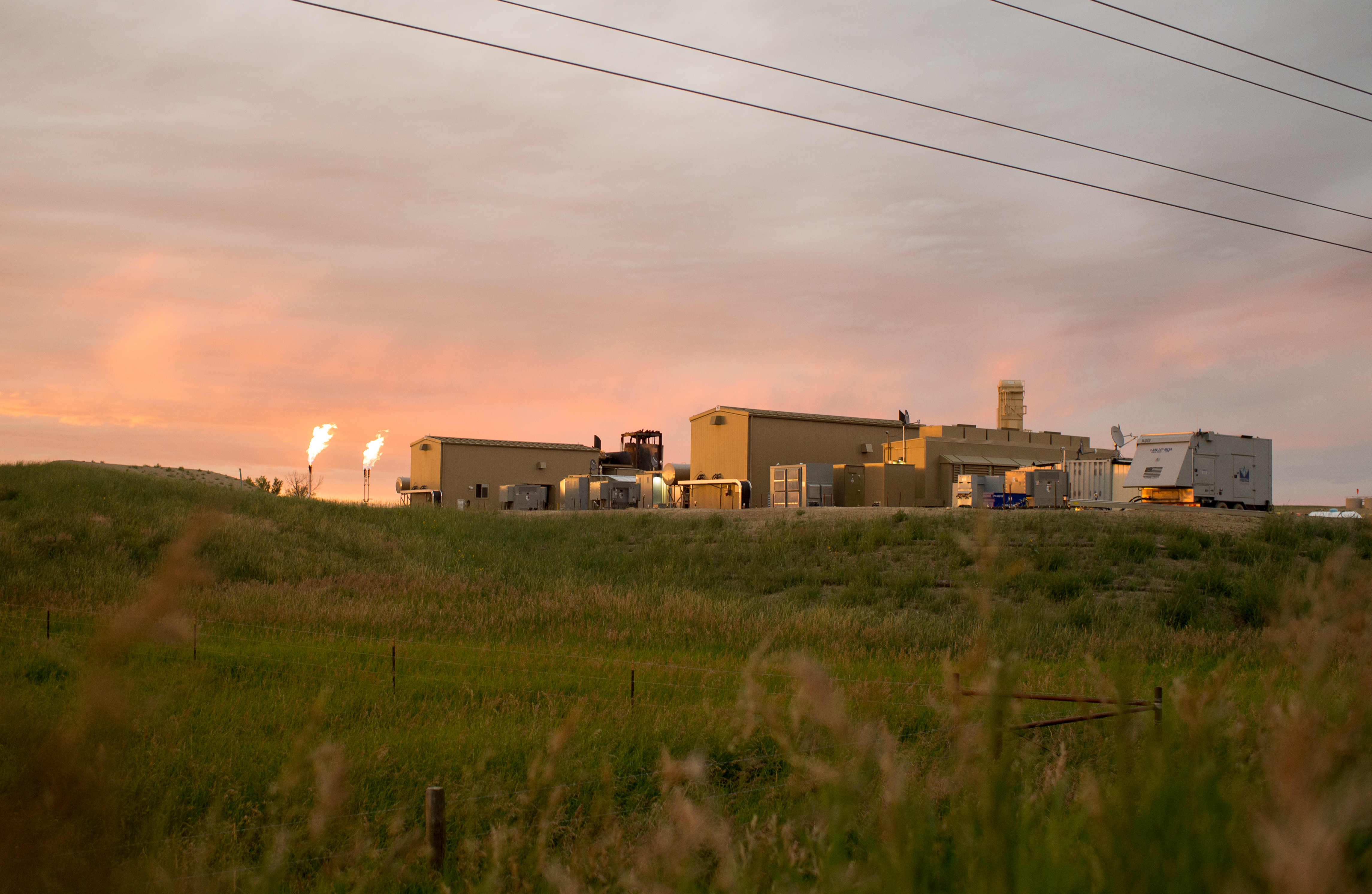
Bitcoin famously has an energy problem—by some measures, it requires more energy than the entire country of Argentina does. Environmental advocates have repeatedly warned against using this much energy on a virtual currency, particularly when so much energy production still feeds global warming.
Yet there are companies and researchers who are employing Bitcoin for sustainable goals. They are using the same processes that make the virtual coin energy-intensive to soak up overproduced renewable energy and to make agriculture more local and sustainable. In doing so, they balance out at least a small portion of Bitcoin’s energy profligacy.
Bitcoin and certain other cryptocurrencies use so much energy due to the process by which the coins are created or “mined.” Miners register complex mathematical transactions to make sure the Bitcoin network stays online, says Alex de Vries, a Dutch data scientist who runs the Bitcoin Energy Consumption Index, which tracks the network’s energy use. “Registering these transactions is difficult; it's like a very big lottery,” he says. “For that they are rewarded with new bitcoins.”
Unlike standard currencies like the dollar and the euro, Bitcoin is decentralized and digital. No one party controls the coin, like a central bank, yet at the same time it’s entirely virtual. Which presents a problem: How to prevent users from spending one bitcoin several times? In a centralized system, that would be easy. One party would control the coin and simply register all the transactions in a central database.
But for a decentralized currency, that’s not possible, hence Bitcoin’s elaborate mechanisms to register transactions and prevent double spending. When one user transfers a coin to another, it gets collected into a “block,” together with a group of other transactions. So-called miners then compete with each other to get the privilege of registering that block of transactions on the Bitcoin network, and they do so by having their computers try to solve a mathematical puzzle. That requires a lot of processing power, so miners have warehouses full of specialized computer chips that compete with those of other miners. Whoever successfully solves the puzzle first gets to register the block—and receives a reward in Bitcoin.
In this way, Bitcoin remains decentralized but energy-intensive. “A lot of these calculations aren’t useful,” says de Vries. “Every calculation in the lottery that doesn't guess the solution is useless. This is the core of the energy problem.”
Yet Bitcoin might have a role in combatting energy waste. Energy production—particularly in renewables—has an overproduction issue, because we cannot control when the sun shines or the wind blows. This makes it difficult to align renewable energy production with actual energy use. Battery technology is stepping into this gap, but it’s just getting started.
Enter energy-hungry Bitcoin mining. The US company Layer1 builds Bitcoin mining installations with which renewable-energy producers can earn money from their overproduction. At the same time, Bitcoin miners are flocking to areas with abundant renewables, like Texas, where there’s a boom in wind energy.
Bitcoin mining might even reduce waste in oil production. The start-up Crusoe Energy Systems, based out of Denver, uses energy from gas flares to mine Bitcoin. “Flaring occurs in oilfields when the company cannot transport the gas produced as a by-product”, says Chase Lochmiller, Crusoe’s CEO and cofounder. “So they just burn it. The gas is wasted, and there's a large emissions footprint associated with the flaring.” Indeed, the International Energy Agency estimated that in 2018, 275 metric tons of CO2 were emitted because of gas flaring globally.
Crusoe built a system, similar to an engine, that combusts the gas and then feeds the resulting power into servers. Lochmiller claims to have prevented 1 billion cubic feet of natural gas emissions from entering the environment. The energy produced by this process can be used for a variety of purposes, like regular data center tasks or even training AI algorithms. But one of the key applications is Bitcoin mining.
“We offer regular data center services,” says Lochmiller. “But they have high bandwidth requirements, which is challenging when you work in remote locations, like oil sites. They also have stable power needs, while flaring is a volatile fuel source. Bitcoin mining, on the other hand, requires limited networking capacities, so it's easier to do in remote locations, and it's interruptible.”
In Luleå, Sweden, at the northern edge of the Baltic Sea, Mattias Vesterlund from the Swedish state research center RISE is experimenting with other useful pairings with Bitcoin mining. Several data centers, including several that mine Bitcoin, are located in the northern hub, because low temperatures help with cooling (computer processing produces a lot of heat). Vesterlund is coordinating several research projects on how to make them more efficient. In one case, they used hot air from a Bitcoin mining data center in a facility that dries wood chips, reducing the moisture content of the wood by 10 percent. (The Sierra Club, for the record, is biomass-skeptical.)
In another experiment, they want to attach a greenhouse to a Bitcoin data center, using the heat to produce local food instead of importing it. “We need to achieve a symbiosis around data centers,” says Vesterlund. “We want to integrate all these processes into a circular system.”
But such projects hardly compensate for the wastefulness of Bitcoin mining. “It's absurd that in times of climate change you build a system based on enormous energy waste,” says de Vries. He notes that even though some Bitcoin mining uses renewable energy or sources that would otherwise be lost, that represents a minority of the energy used. A Cambridge study from 2020 found that 39 percent of the energy used by cryptocurrency miners came from renewable sources. Bitcoin mining systems also work more efficiently if they can operate 24/7, according to de Vries, which makes using overproduced energy more difficult because of its volatility.
Finally, even if Bitcoin energy were use fully renewable, the hardware still causes issues. The high-end chips needed for Bitcoin mining are ecologically damaging to produce and wear out in only a few years.
Vesterlund remains optimistic. “I never owned any Bitcoin,” he says. “But it’s here to stay, and we shouldn't neglect it. The technology behind it is very clever, but it needs to be harmonized with the environment.”
Source:https://www.sierraclub.org/sierra/environmental-upside-bitcoin


